While it’s unlikely we will revert to candles, cassettes and film, not every new technology is transformative. Spotting forks amidst the glitter helps ground expectations and identify opportunities.
The advancement of technology is perceived as a substituting process. A new technology emerges and after a period of maturation and adoption, it replaces the old ways of doing things. When cars became mature enough – carts pulled by horses became extinct. Wars are no longer fought with swords and arrows. Bloodletting is not a common medical procedure. Cassettes and film cameras can be found only as novelties. The non-novel kind.
Technological advancements are often judged by their impact on efficiency. Can it do the task dramatically faster/cheaper? If so, it is hailed as transformative and revolutionary, predicted to replace the current technology and way of doing things.
However, even groundbreaking technologies in specific fields don’t always replace old methods. Instead – it will create a crossroad and split the ways things are done.
Let’s explore a few past examples and examine two emerging technological revolutions that, despite being hailed as ‘game-changers,’ may instead create a fork.
Bicycle and transportation
Bicycles are 10 times more efficient in energy utilization when generating muscle-powered transportation. From a technological point of view, there’s no reason to continue relying solely on our muscles. And yet, we still walk.
The reason for it is that human-powered transportation is not a single field. It is nuanced. People need to navigate stairs, unpaved terrain, combine modes of transportation over long distances, travel with others, multitask while traveling and adapt to different weather conditions. And bicycles, efficient as they are, do not excel in these scenarios. So the old ways remain (at least until hover-shoes are invented).
But that is not to say bicycles were not adopted. They were a transformative technology with incredible adoption. But they forked the field and did not make walking a retro-fashion thing of the past.
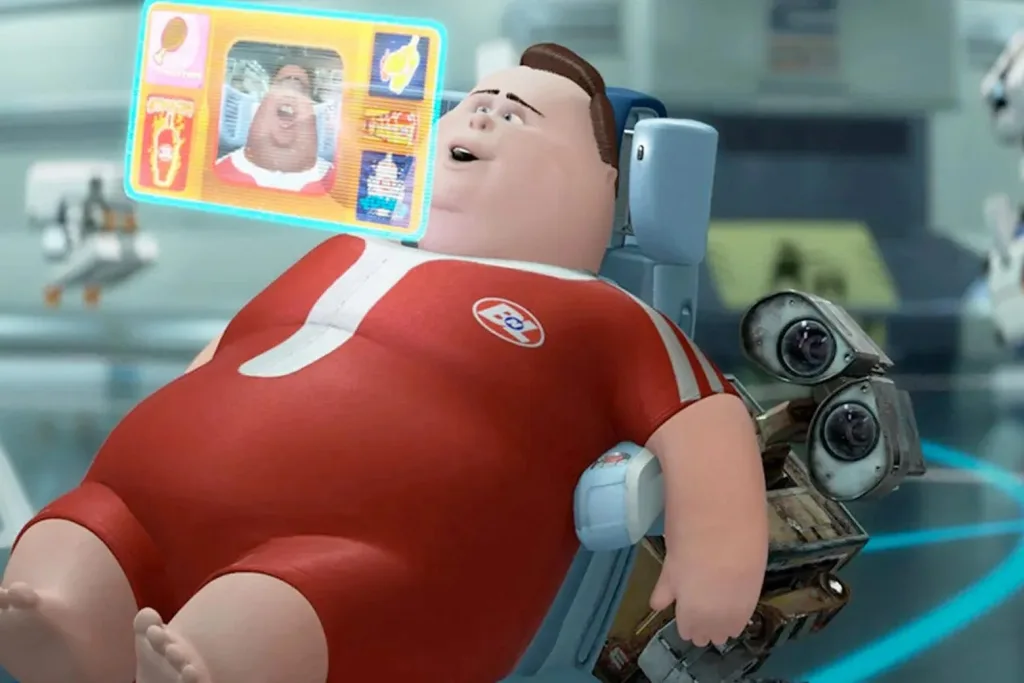
Mass production and manufacturing
Everything humans consume today can be mass-produced. Clothes, medication, cars, food, accommodation. Every need humanity has – can (and is) answered by an efficient factory that can fulfill this need at efficiency rates far exceeding the old way of human-craft. Things can be manufactured at a fraction of the time and fraction of the price.
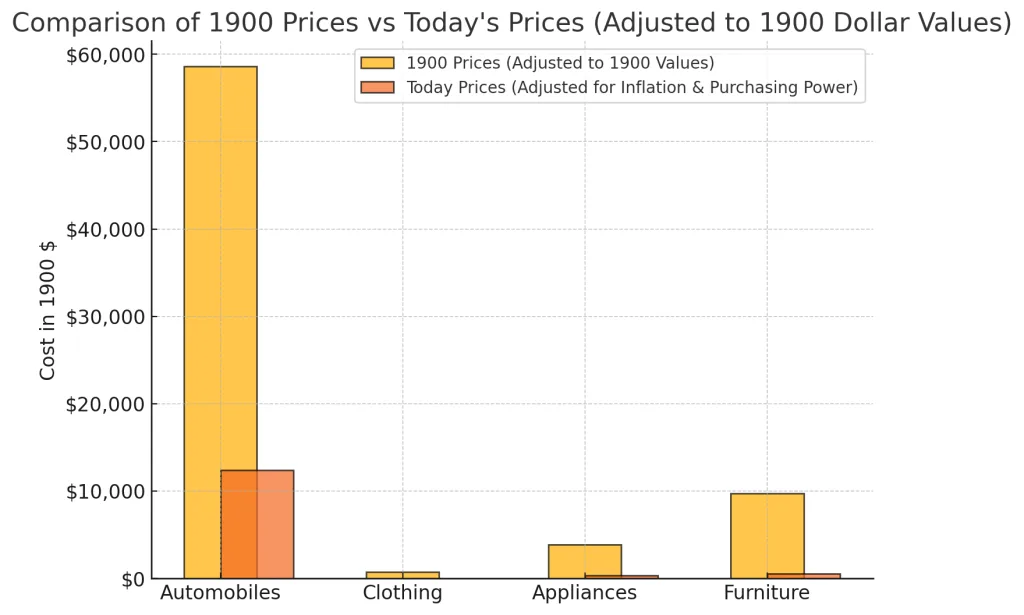
For example, when accounting for purchasing power (ability to buy based on average salary) and inflation, the cost of furniture back then was nearly $10,000. It would have cost about $500 if they had access to today’s manufacturing abilities.
But human craft is not gone. From custom products to high-end or even everyday dining at a restaurant or cooking at home, inefficient manual production is often preferred over mass production. A variety of reasons contribute to it – but one is ruling most. Human-nature rather than mathematical economics. Cultural, psychological and sociological factors often drive people’s preference for more ‘expensive’ and ‘expressive’ personal products, when they can afford them. The only exception is in fields where the mass-produced goods are substantially better in quality over the hand-made ones. No matter the price. You cannot buy a better hand-made mobile phone or laptop computer. Same goes for most cars and most medications.
The enthusiasts of their era, when these technologies were at their youth and amazed everyone by promise for efficiency – were sure the world will not be the same. That everything will change. Everyone will ride a bike and everything will be mass produced. But where revolutions were promised – forks were created.

Again – this is probably the exception, not the rule.
Forks are not everywhere. They are rare. We only need to be attentive to where they might appear to not be blinded by the bright light new technologies shine.
Quantum Computers and… computing
Let’s start with a jury-still-out example of a forking technology, just to get warmed up for the real-deal arriving right after.
I cannot say for certain (as if any prediction is) it is a fork both because it is still more of an academic field of research (with investments in the billions which I will explain in a second why) and because my expertise in it is no more than that of an interested reader.
Before we dive into what quantum computers are – a quick reminder about quantum mechanics.
** You are welcome to skip the following section and re-join at ‘The Imitation Game’. It’s border-boring.
It is a field in physics dealing with the building blocks of atoms which behave very differently than how we perceive the world. They do not “exist” in one position at a certain time but rather have a “statistical” existence.
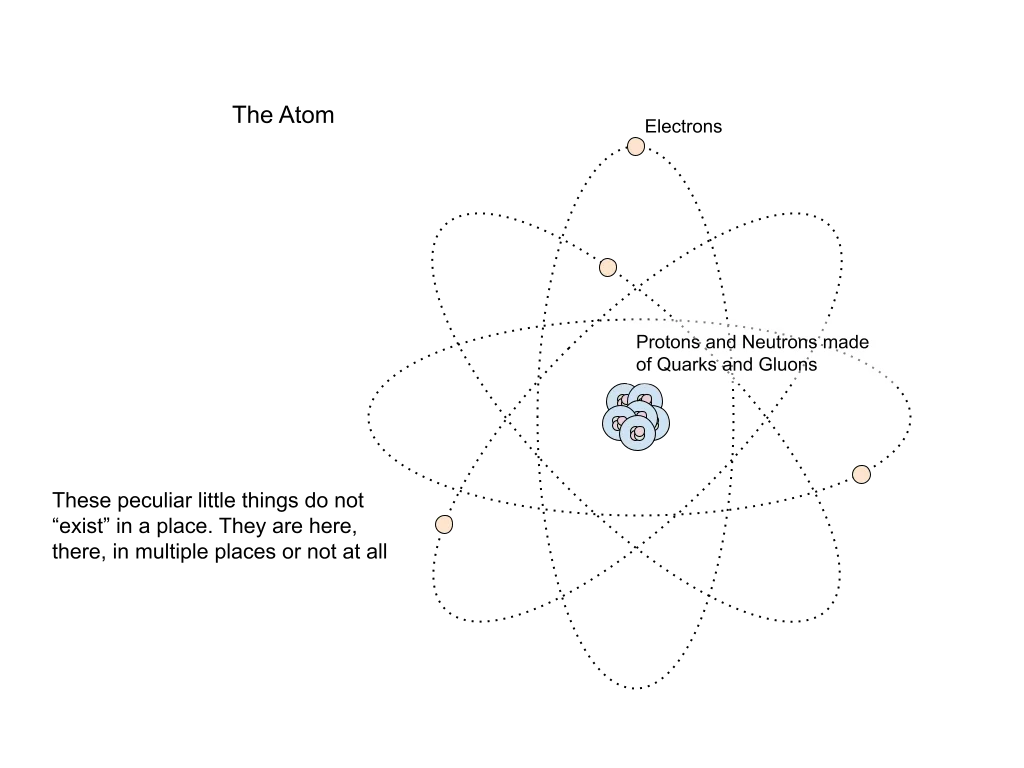
The fact these entities can exist in multiple places at the same time allows creating calculating machines that can work in parallel, well, supposedly in parallel universes.

In reality – quantum computers still do not work very well. But every super-power in the world is investing heavily in them because they have one major promise. In theory, they can crack encryption.
** Welcome back!
Remember the The Imitation Game?

Many organizations’ encryption methods are based on factoring very large numbers. So large that solving them is not-realistic for any computer (not even far into the future). But a quantum computer would not even break a sweat. Researchers have demonstrated that a problem estimated to take 600 million years for today’s top supercomputers to solve can be completed by a quantum computer in just 20 seconds.
So you can understand why China, The US, Google, IBM and many others are investing top dollars trying to be first at achieving it.
If it is so great, why won’t it “change everything” and power our phones, laptops, AIs and toasters? Because it is not good at everything. Some basic tasks – such as surfing the web and word processing – are running better on regular computers. They require linear calculations (one after the other), so the parallel nature of quantum computers is simply ‘overkill’ and less efficient.
Presumably – when this technology matures – it will be beyond amazing for some computational tasks but not for others. Hence the fork.
Let’s leave the realm of parallel universes and organizations hacking nuclear codes and land on the boiling-hot ground of AI.
LLMs and content creation
Let’s talk Large Language Models. LLMs. The engine at the heart of ChatGPT and other AI tools – allowing them to “intelligently” answer your questions and make you feel your job and everything you hold dear is about to change.
At their core are all the words and how they’re structured into sentences. Literally all the words. They are fed with the internet, books, code, articles. If it is written – they swallowed it into their big computers.

Then they calculate the incredibly vast, though not infinite, likelihood of words appearing in a sequence. It may be difficult to grasp, but apparently, we’re not completely ‘creative’ when structuring sentences and ideas. There is an order for how content appears in the huge corpus of human written knowledge. What happens next is when you ask them a question (give them a ‘prompt’) – they find the most likely (statistically speaking) sequence of words that will satisfy your prompt. They did not “understand” your question – they only calculated what would most likely “come next” based on all the words.
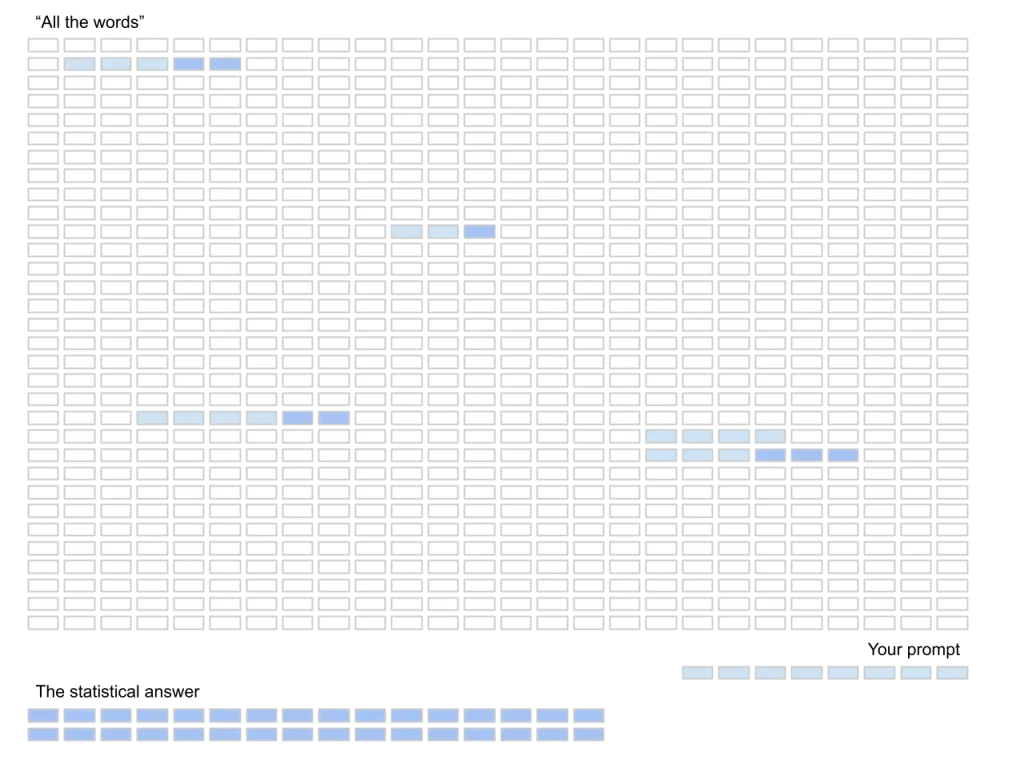
It feels like a true transformative technology. One that is similar to electric light. No one needs candles and soon – human work. It will do everything and we will sip margaritas while robots handle our chores.
Not so fast. You’re probably looking at a fork, not a transformer (pun intended).
The reason for this is that while we think, read, write and talk in “stories”, much of the human knowledge, or more accurately – its data – is not organized as such. Data, such as your financials, your health, your business activity and so much of how we organize our perception of the world – is structured into tables of information with relations between them.
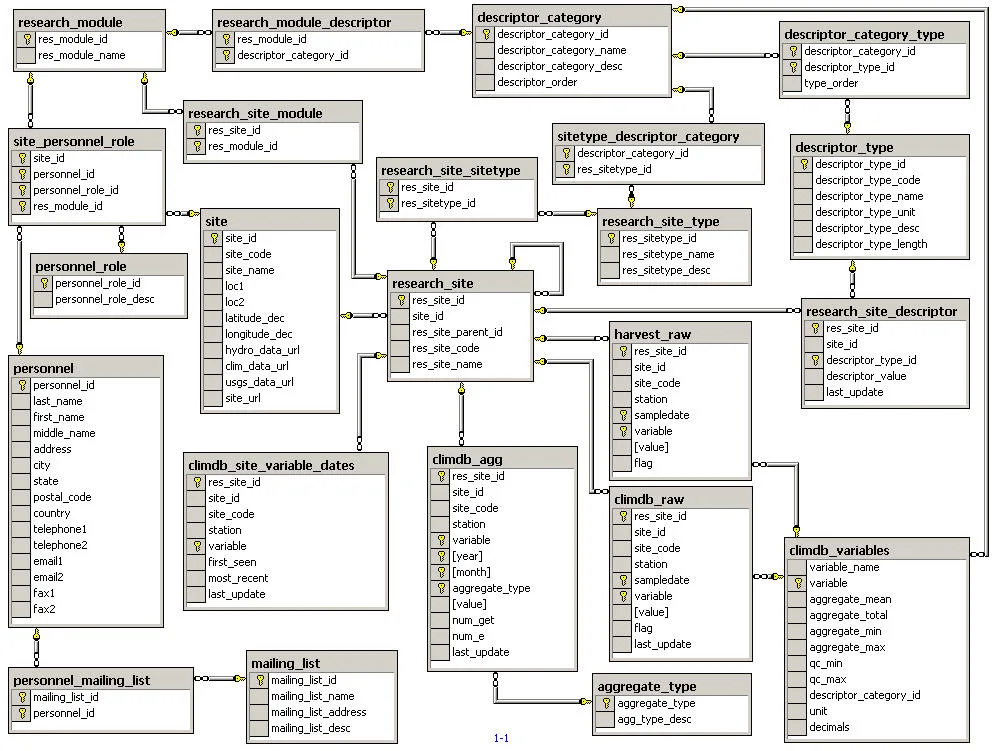
And when we want to “ask it questions” – we require multiple considerations taken into account all at once to get the answer we seek.
“In the past year, did the food I consume before I went to bed impact the quality of my sleep? And if so – which had positive and which negative effects?”
“Among our customers with the largest accounts, how many used our support services to an extent rendering them non-profitable?”
LLMs (and so the ChatGPTs of the world) are not good at answering these questions. Even if they have access to it (and that is a big if) – the data is not structured as a story – so they cannot predict “what comes next”. There is little to compare it to so hard to give valuable answers about it.
“How are forks useful?”
While this is an honest question, often raised by our boys at dinner, enthusiasm about new technologies is great. We bet big, spend resources and imagine a bright future living happily ever after. In many cases it is also true. We actually do live longer in a brighter world and cannot imagine moving back to dark cities without sewerage and fending off germs without antibiotics.
But not all technologies are created equal. While we may be infatuated with the shiny and new, we need to remember that they might not keep their promises (blockchain, I’m looking at you) or prove to be forks.
A bit early to say much about quantum computers (at least in our universe) but as for generative AI – the enthusiasm (and fear) it generates is a bit inflated. It is amazing and will get better at summarizing the internet – including things like video and images which it still struggles with – but the internet does not hold all the data we generate and wish to work with. By learning how to integrate new technologies with existing methods, we can achieve better results compared to hoping a single innovation will solve everything.
